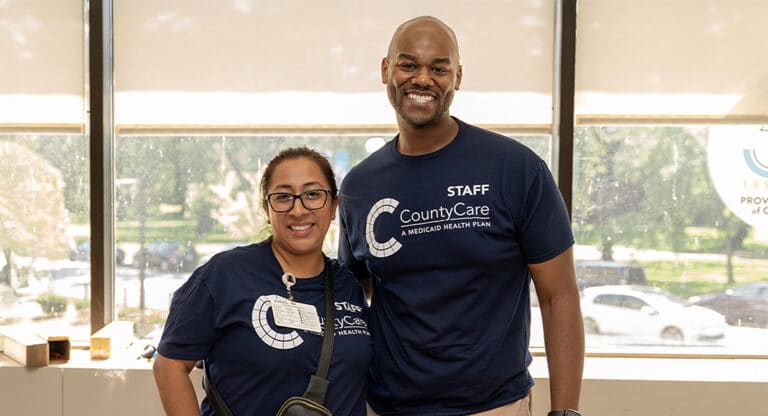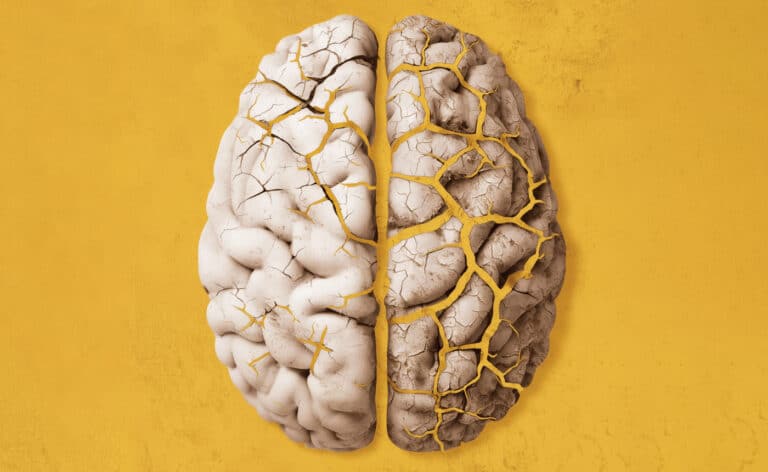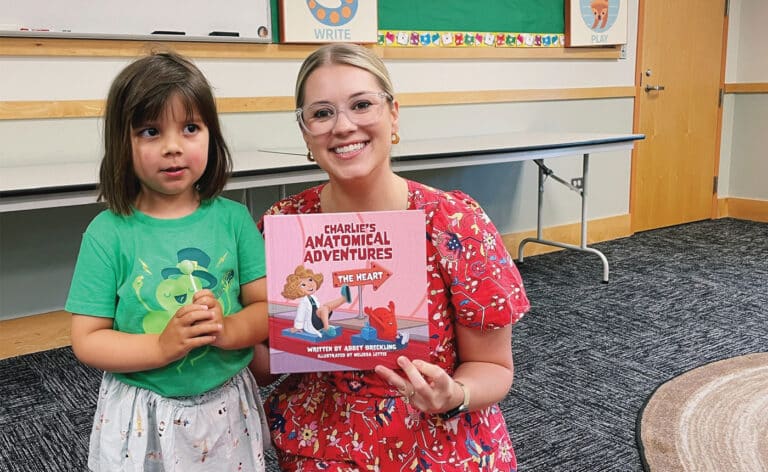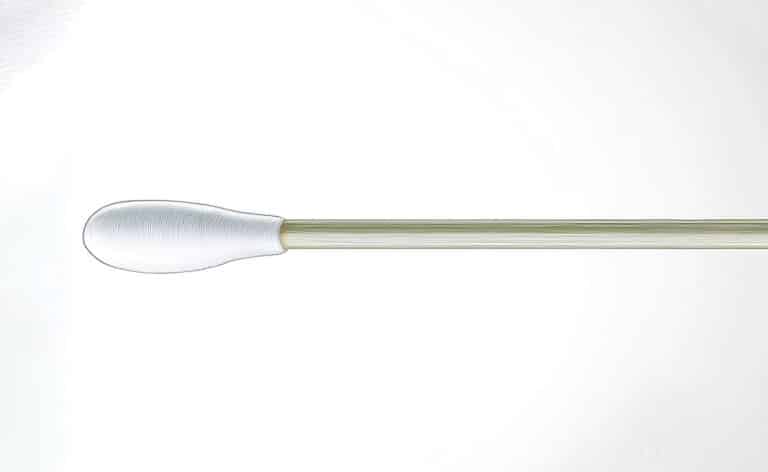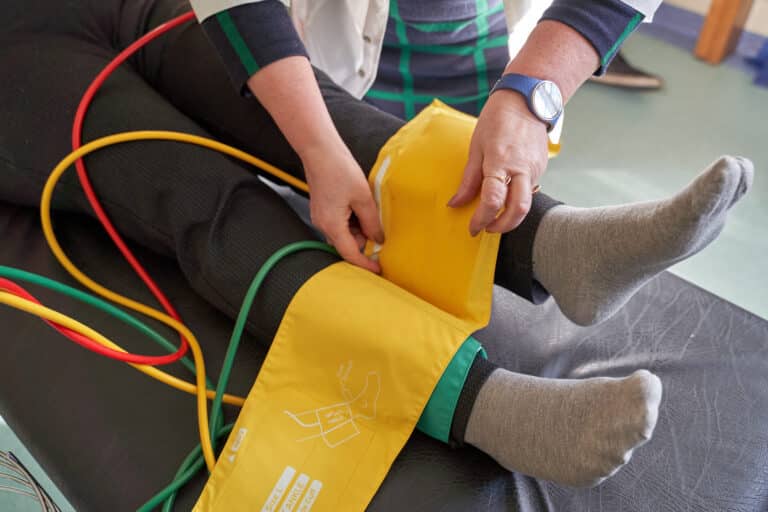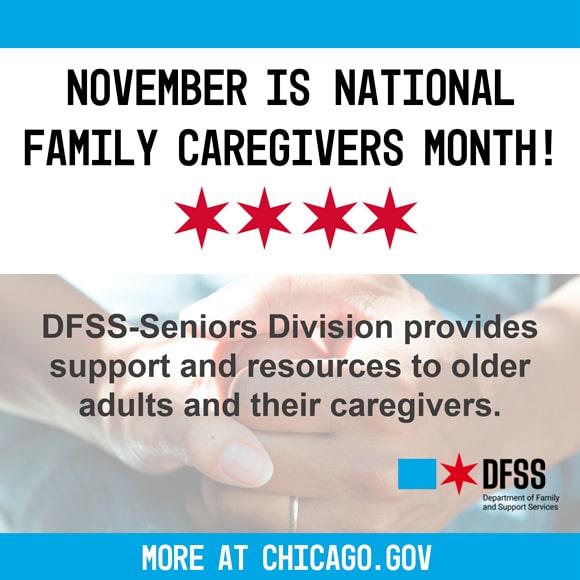How to tell what’s worth your money and what’s just hype
Fact checked by Shannon Sparks
Walk into any pharmacy or grocery store, or scroll through your social feed, and you’ll see it: a $60 billion industry in the United States alone promising better health in a bottle, pouch, or powder. There’s mushroom coffee, collagen peptides, turmeric shots, and enzyme capsules for gut health, to name a few. Supplements and so-called superfoods promise everything from improved digestion to clearer skin and longer life.
Americans have long been fascinated by health shortcuts. More than half of U.S. adults take dietary supplements regularly, according to the Centers for Disease Control and Prevention. And with influencers and even some doctors promoting products online, it’s easy to confuse personal anecdotes with evidence.
“There are so many different kinds of supplements. That’s the tricky part,” says Kate Cares, PhD, a postdoctoral student and research assistant at the University of Illinois Chicago. “They’re supposed to be supplementary — to fill in gaps when you’re not able to eat a well-rounded diet for any number of reasons, like illness or access to food. But they’re not a replacement for eating well.”
So how many of these claims does sciencesupport, and how much is just clever marketing?
Feeding your microbiome
Few wellness categories have grown as quickly, or as confusingly, as probiotics and prebiotics.
Probiotics are live bacteria and yeasts found in fermented foods or capsules. “But their effectiveness depends on the strain, the dose, and the person,” says Cares, who is also a clinical dietitian at the University of Chicago Medicine.
People seek out probiotics to maintain healthy gut bacteria or to manage digestive issues. “They’re safe, yes — but I certainly wouldn’t recommend them across the board,” Cares says.
Prebiotics, on the other hand, are food for those gut bacteria — usually forms of fiber or certain plant compounds.
According to Cares, marketing around probiotics and prebiotics has advanced far ahead of science. “We don’t have a lot of strong clinical evidence yet,” she says. “It’s shocking how many people are taking [them] daily without knowing whether they’re useful — or even harmful — in their particular case.”
Experts suggest trying food-based sources of probiotics, such as yogurt, kefir, kimchi, or sauerkraut, before resorting to supplements. If you do choose a supplement, look for one that lists the strains, not just the species (such as Lactobacillus rhamnosus GG), and that contains at least 1 billion CFUs.
The same goes for prebiotics. Find them in foods such as garlic, onions, leeks, asparagus, bananas, oats, apples, and Jerusalem artichokes before using supplements. Start with a low dose and increase intake slowly to reduce bloating.
Protein powders: friend or foe?
Protein supplements have skyrocketed in popularity. Protein powders — whether whey, pea, hemp, or collagen — can help athletes, older adults, and people with restricted diets. But they’re not essential for everyone.
“There’s a great meta-analysis showing that going above 1.6 grams of protein per kilogram of body weight [per day] for generally healthy individuals doesn’t add benefit,” Cares says. “For most people, the recommendation is 0.8 to 1 gram per kilogram [per day]. And many are already meeting that through whole foods.”
Be warned: “Protein supplements can be a slippery slope — especially for the gut microbiome. If you’re taking a lot of protein every day without balancing it with fiber, you’re going to change your gut bacteria, and we don’t know yet if that’s helpful or harmful,” Cares says.
And not all protein is created equal. Drinking a protein shake differs from eating a chicken and salad dinner, which contains a complex mix of fat, fiber, and micronutrients.
The case for more fiber
Unlike many trendy supplements, fiber has decades of research behind it. But most Americans get only about half the recommended daily intake.
Adult women need 25 grams a day, and men need 38 grams. Yet, Cares says, “Most people are only getting about 12. People always think they’re eating enough fiber — until they track it for a day and see how far off they are.”
Fiber supports digestive health, blood sugar control, and heart health, and it also feeds the beneficial gut bacteria. If your diet lacks fiber, supplements such as psyllium husk can help — but start slowly.
Vitamin overload
“I take a multivitamin. My kids take a multivitamin,” Cares says. “For people who may not be eating a diverse diet every day, it can only help.”
Yet, she cautions against megadoses: “If you see 3,000% of the [recommended daily allowance] on the label, that’s a red flag. Just get 100% of the basics.”
The one supplement she always recommends? Vitamin D.
“Living in the Midwest, we’re just not synthesizing enough from the sun, especially in the winter,” Cares says. “I recommend it for nearly everyone.”
Fish oil vs. fish
Fish oil remains one of the most commonly used supplements. But for brain and heart health, food sources may be superior.
“The evidence is still strong,” Cares says. “But studies have shown that eating fish is more beneficial than taking omega-3 supplements. We think it has to do with the food matrix — what else is in the fish that helps with absorption or synergy.”
Still, if you don’t like fish or can’t afford it, taking a supplement is your next best option. Just don’t think it’s a one-to-one swap.
The ultimate advice?
“People don’t like the answer, but it’s fruits, vegetables, nuts, seeds, whole grains,” Cares says. “And ideally, eat what’s in season. Plants are your superfood, for sure.”
Rather than looking for miracle powders or potions, she recommends sticking with the basics — especially fiber-rich foods and a variety of plants.
A colorful, plant-based, whole-food diet is still the gold standard.
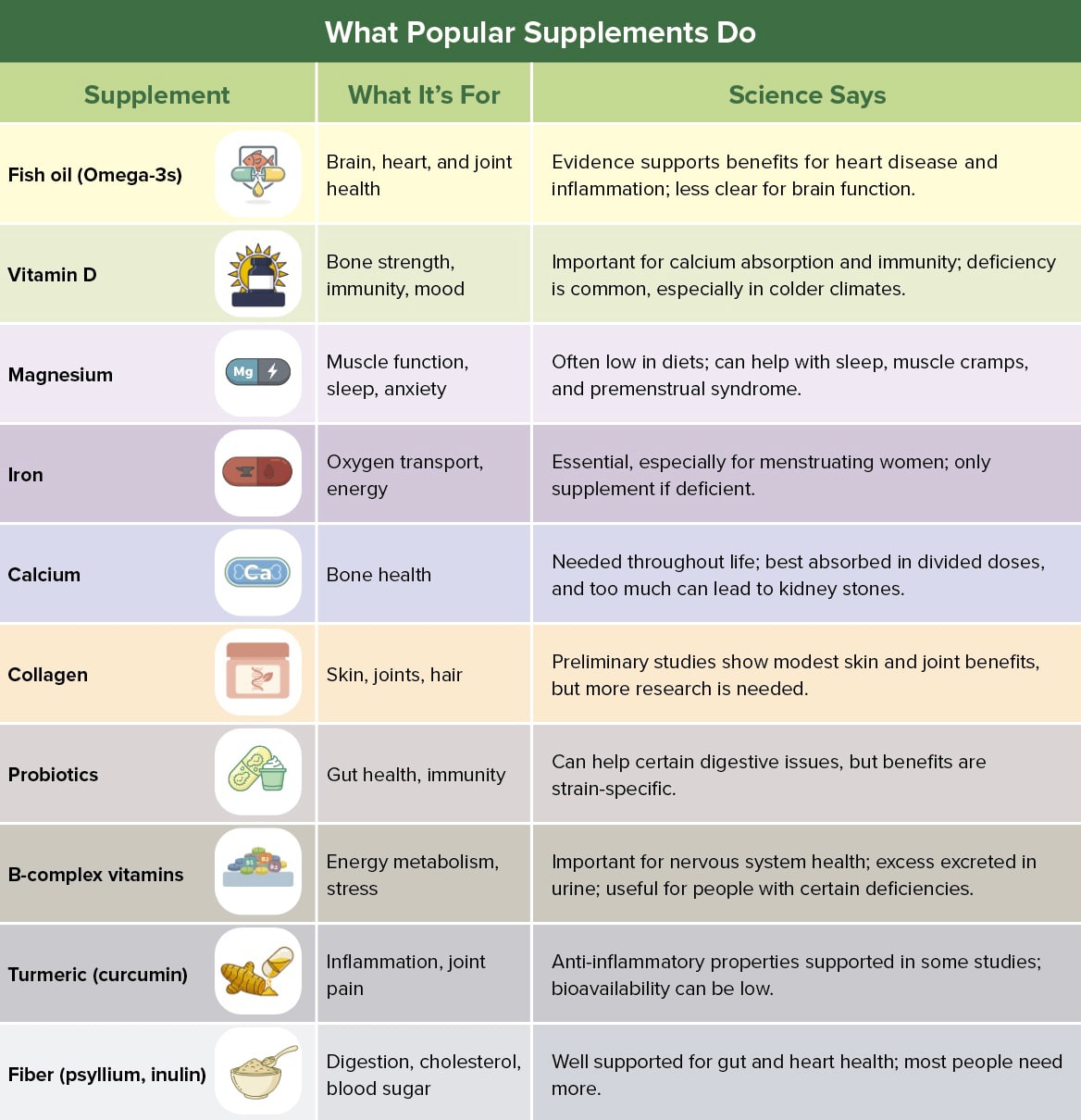
Originally published in the Fall 2025/Winter 2026 print issue.
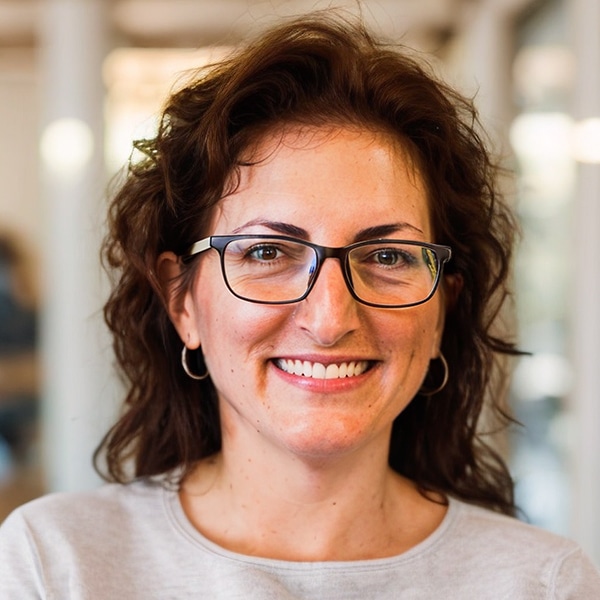
Catherine Gianaro, a freelance writer and editor based in Chicago, has written about healthcare and higher education for more than three decades. With 90-plus awards in communications, she is well-versed in storytelling.






